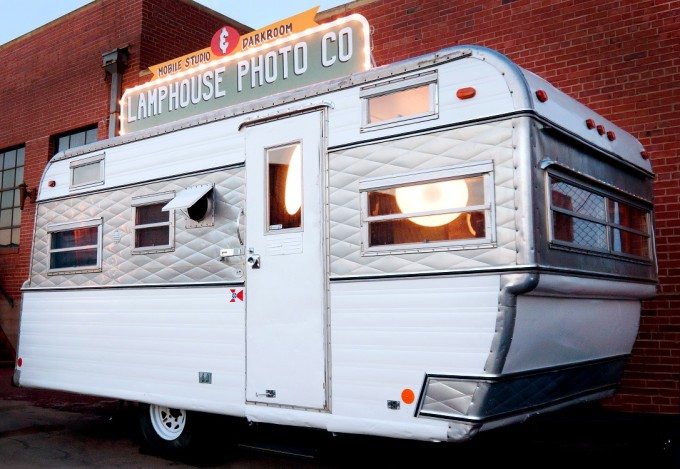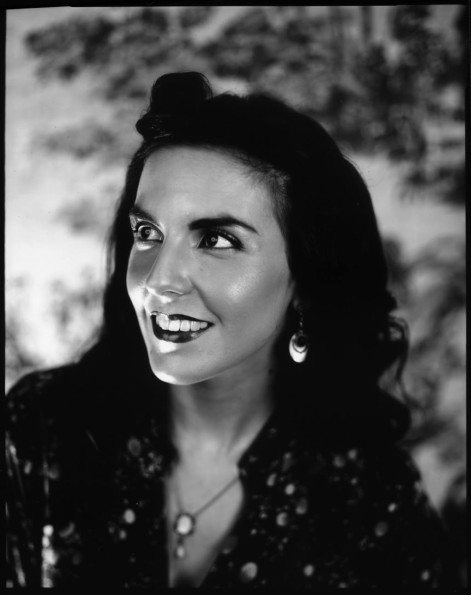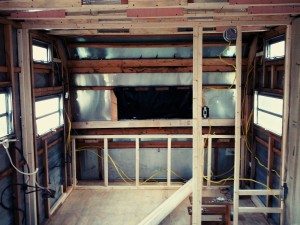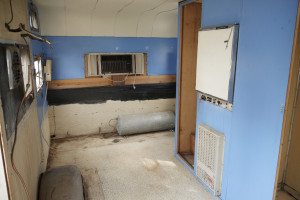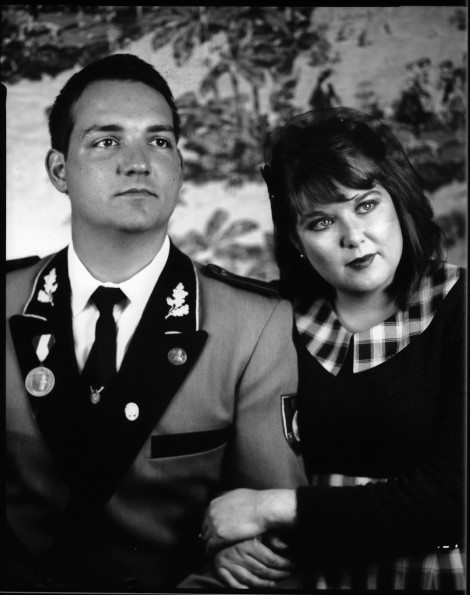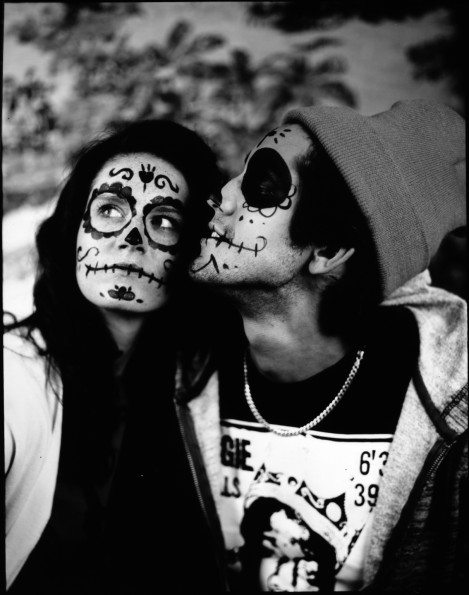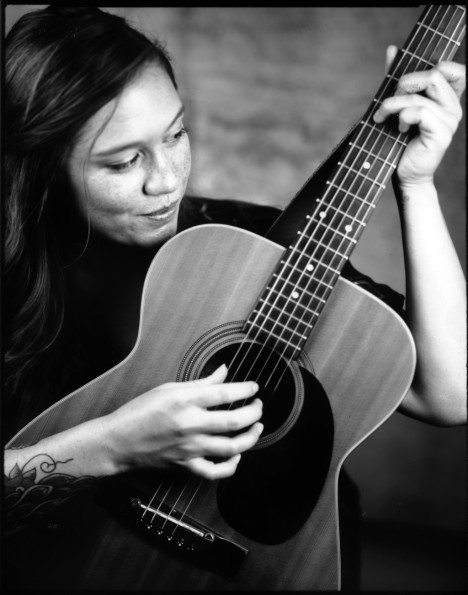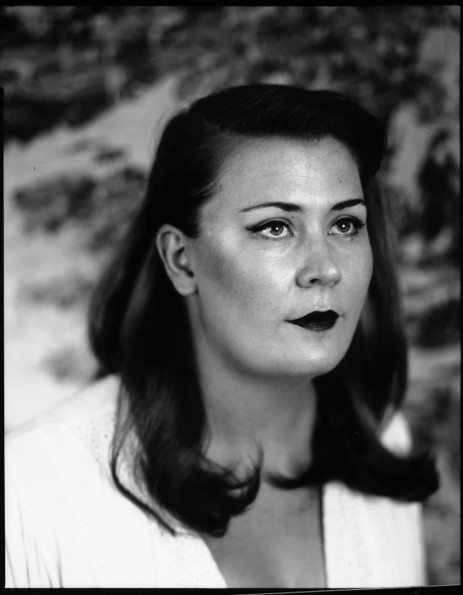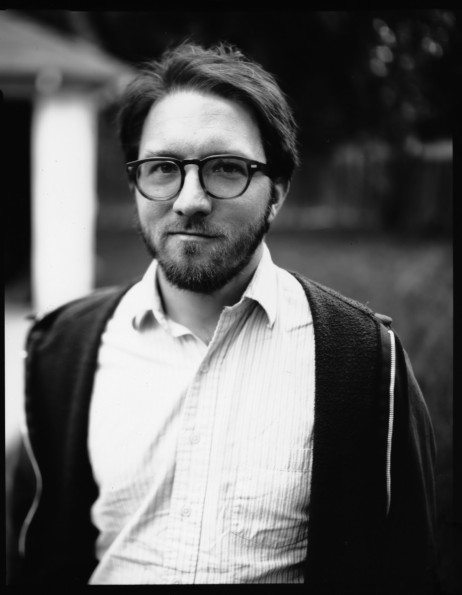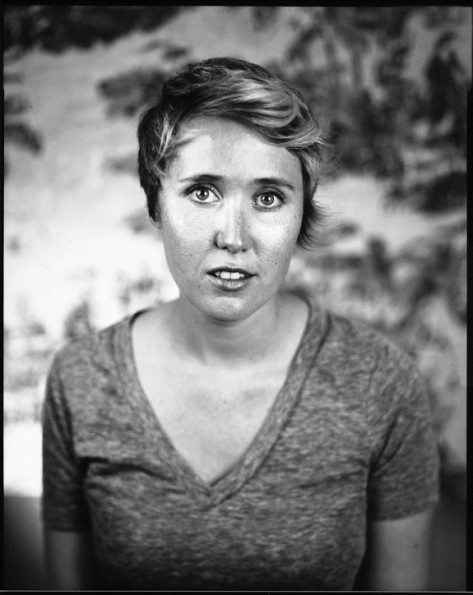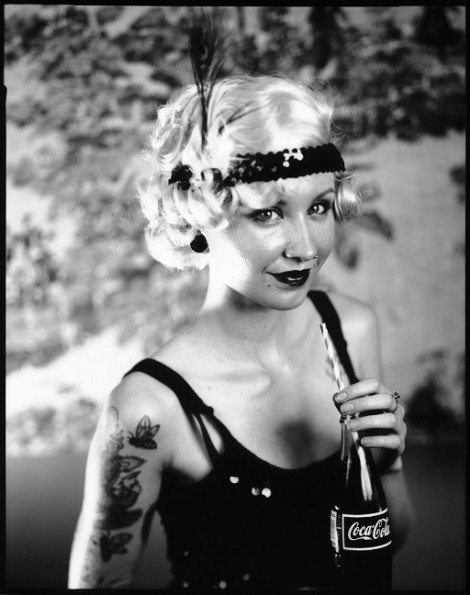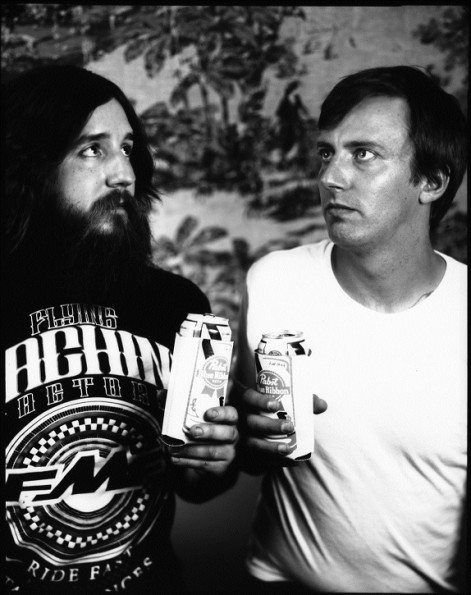Last Updated on 01/05/2015 by Chris Gampat
All images by Lamphouse Photograph Co. Used with permission.
It’s every photographer’s dream to quit their day job and get paid to travel around and create images; and the folks behind Lamphouse Photograph seem to be off to a great start. They’re the proprietors behind a less than average photo booth.
The brainchild of Conan and Katherine Fugit, Lamphouse Photo Co. is a full-service photo booth company primarily based in Wichita, Kansas. Since 2012 they have taken and developed over 500 portraits in their traveling portrait studio “The Lampy Camper” and most recently they introduced the world’s only Grand Wagoneer photo booth.
We talked to the Fugit’s about the business behind it, and how they settled on the choices that they made.
Phoblographer: Talk to us about your background as photographers.
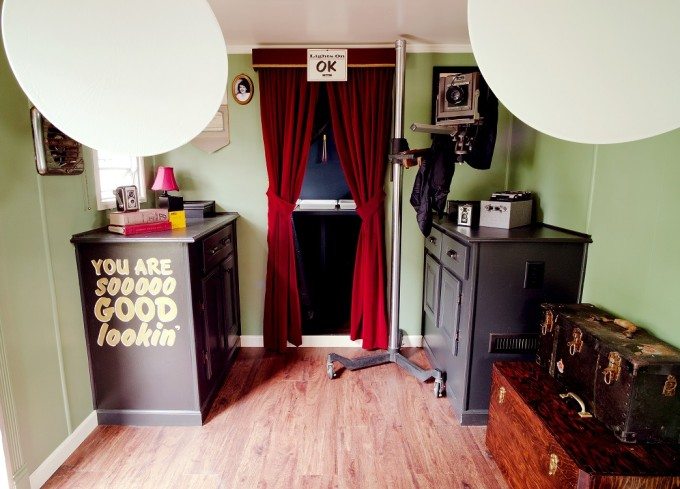
Lamphouse Photo Co: Conan has worked in the photography industry for over 15 years. First in sales and now, primarily in services. He currently works for the last remaining family-owned camera store in Wichita – Moler’s Camera.
Phoblographer: So what the heck would possess you two to create a travelling large format studio?
Lamphouse Photo Co: We wanted to create a travelling large format studio because we wanted to offer people the opportunity to get a real, honest-to-goodness, developed in a darkroom photograph of themselves or their family for a reasonable price in a small amount of time. When we started talking about doing this, we kept saying “we need to do something that’s magic” and as Conan likes to say, “there’s nothing more magic than watching a photograph develop”.
Phoblographer: Why large format and why film when digital is so much simpler these days?
Lamphouse Photo Co: We chose to use large-format primarily because it was what we thought would work within the confines of an old camper. We were inspired greatly by the Afghan Box Camera which uses a paper negative process. Essentially, we are using the exact same process, only with a bigger box. We needed a process that was relatively quick, consistent, and low cost and so we settled on paper negatives. We decided to begin with the trailer and with this antiquated process rather than a digital photo booth inside of a camper because we wanted to give people something that potentially could last for generations. We wanted something that was nice enough to frame and put on your mantel but mostly we wanted to give people an experience that they would remember – seeing the camera, asking questions, sitting still, smelling the fixer – really being a part of a process rather than just going through the motions of something they essentially do with a cell phone everyday.
Phoblographer: What’s your marketing process like to ensure that you have a steady stream of clients?
Lamphouse Photo Co: We mostly relied on word of mouth our first year in business. We did a lot of events for free just to get the word out about what we were doing. Now, we mostly just use the camper as a promotional tool and as a fun thing for us to share with people when we’re not doing our other photo booths. The sad truth is, we’ve never had a steady stream of clients for the camper so we had to start offering digital booths. They’re of course much more successful than the camper ever was but we’ll never stop doing it because it’s truly one-of-a-kind and we put so much work into it and it’s really where our passion is.
“we wanted to offer people the opportunity to get a real, honest-to-goodness, developed in a darkroom photograph of themselves or their family for a reasonable price in a small amount of time.”
Phoblographer: Tell us about the gear that you use.
Lamphouse Photo Co: In the studio we use a Burke & James Saturn 75 camera with a 4×5 reducing back and a Schneider 210mm lens, two Alien Bees with beauty dishes and one extra as a background light. In the darkroom, we use an Omega C700 enlarger for our contact printing light source, three trays for chemistry, and a wash station that continually flows fresh water over the negatives and prints. We built the darkroom and studio to our custom specs so everything just fits perfectly.
Phoblographer: Where do you get the ideas for your images? Do the concepts come up when talking with your subjects?
Lamphouse Photo Co: Because we’re taking portraits, the concepts usually come from the people we’re taking a photo of. Often, though they do ask for suggestions so we have framed portraits we’ve taken on the walls of the studio to give people an idea of what works and what doesn’t. There are two negatives in each negative holder so Conan usually takes a few minutes to discuss what the subject plans to do for each of them. Most people want to do one serious one and one silly one.
Phoblographer: Why black and white and why not color?
Lamphouse Photo Co: Because everything and everyone looks better in black and white! Actually there’s several reasons why a color process wouldn’t work for this, but the big one is that it would require chemistry that is much more sensitive to temperature variations, and since we’re doing this in a trailer in the hot Kansas sun, temperature is always an issue, even with air conditioning.
Phoblographer: What’s the process of photographing your subjects like? Is there an interview process of any sort?
Lamphouse Photo Co: Subjects step into the studio portion of the camper and have a seat, the lights are adjusted as well as the camera if they’re particularly short or tall, then Conan talks with them a bit about what kind of photo they want and what will work best for the number of people they have. There isn’t an interview process to speak of. We usually just let people ask questions and have a look around before and after we take their photo. Children especially are interested in what’s in all of the drawers, how the camera works, and what’s going on in the darkroom. If we’re not developing anything at the moment, we’ll let people step inside and have a quick look.
Be sure to follow the duo on Twitter, Facebook and Instagram!


